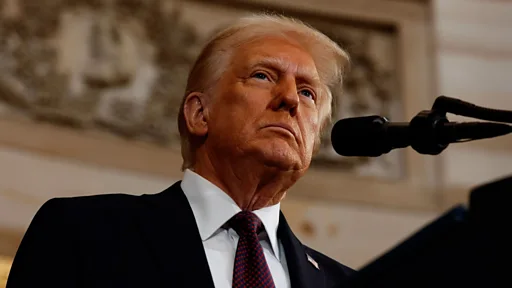President Donald Trump has just signed a new directive ordering federal workers back to their desks full-time. While this seems like a straightforward decision, implementing it might not be as simple as it sounds.
In his memo to federal agency heads, Trump instructed them to end remote work arrangements and require employees to return to their duty stations. However, the practicality of this shift could face several challenges. For one, many workers are already used to telecommuting, with nearly 43% of federal employees working remotely in some capacity during 2023. Moreover, the move to fully return to the office may lead to significant voluntary resignations, especially among workers who value flexibility in their jobs.
Additionally, federal agencies will face practical and financial hurdles. Workers who were telecommuting from various locations around the country will now need to find an office to report to or possibly relocate, potentially increasing costs for the government. This also raises questions about pay adjustments for workers who may need to move to higher-cost areas like Washington, D.C. Some employees could even choose to leave the workforce rather than comply with the new mandate, leading to increased hiring costs.
Beyond the logistics, the mandate could also face legal pushback, particularly from unionized workers who may have negotiated telework agreements. For instance, the American Federation of Government Employees has pointed out that Trump’s directive may conflict with existing union contracts, which could lead to legal challenges.
While the directive aims to bring more workers back to the office, it risks alienating workers who’ve grown accustomed to flexible schedules and could push them toward private sector opportunities that offer more freedom. Studies have shown that offering telework options can increase employee satisfaction, reduce turnover, and even improve productivity in certain cases. In fact, some experts believe that losing these remote work options could make it harder for the government to attract and retain skilled talent, especially in areas like IT, where there’s already a significant shortage of younger workers.
In any case, the next few years will likely see significant debates over how to balance flexibility, efficiency, and employee satisfaction in the federal workforce, especially as Trump’s return-to-office order is put into practice.
Link: https://edition.cnn.com/2025/01/23/business/trump-federal-workers-rto-mandate/index.html


